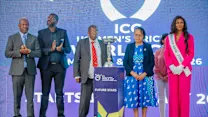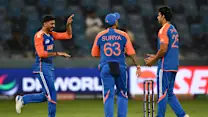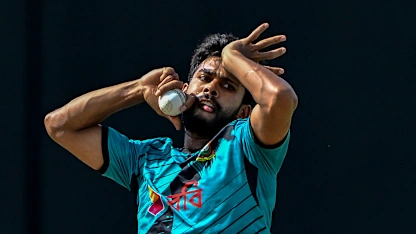News
Teams

ICC World Test Championship
Two changes in Adelaide as Aussies confirm XI for third Test

ICC Under-19 Cricket World Cup, 2026
U19 Men’s CWC 2026 countdown begins with trophy unveil

News
India all-rounder ruled out for rest of South Africa series

ICC World Test Championship
Nothing to prove for Lyon as he targets Adelaide return

Women's Player of the Month
ICC Women’s Player of the Month for November 2025 revealed
Editor's Picks
ICC World Test Championship
Anderson weighs in on England's tactics at the AshesICC Women's Emerging Nations Trophy, 2025
ICC Women’s Emerging Nations Trophy Day 5 wrapICC World Test Championship
Bavuma in awe of South Africa's 'massive' feat in IndiaICC World Test Championship
ICC World Test Championship 2025-27: State of Play
